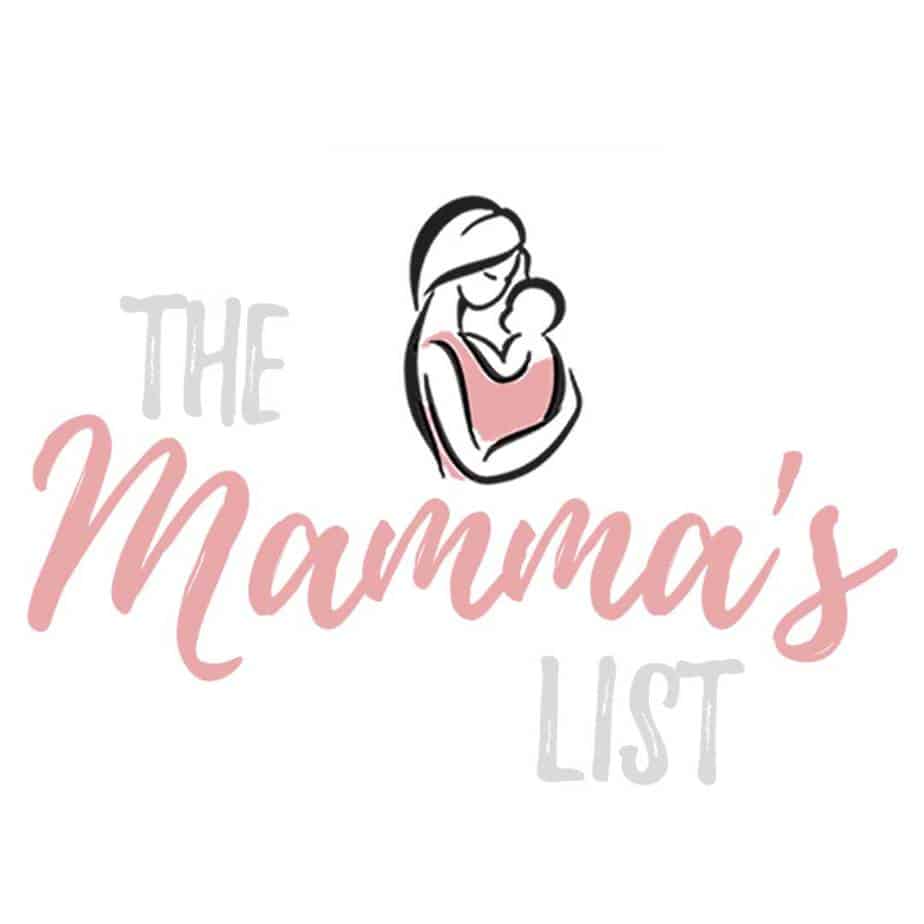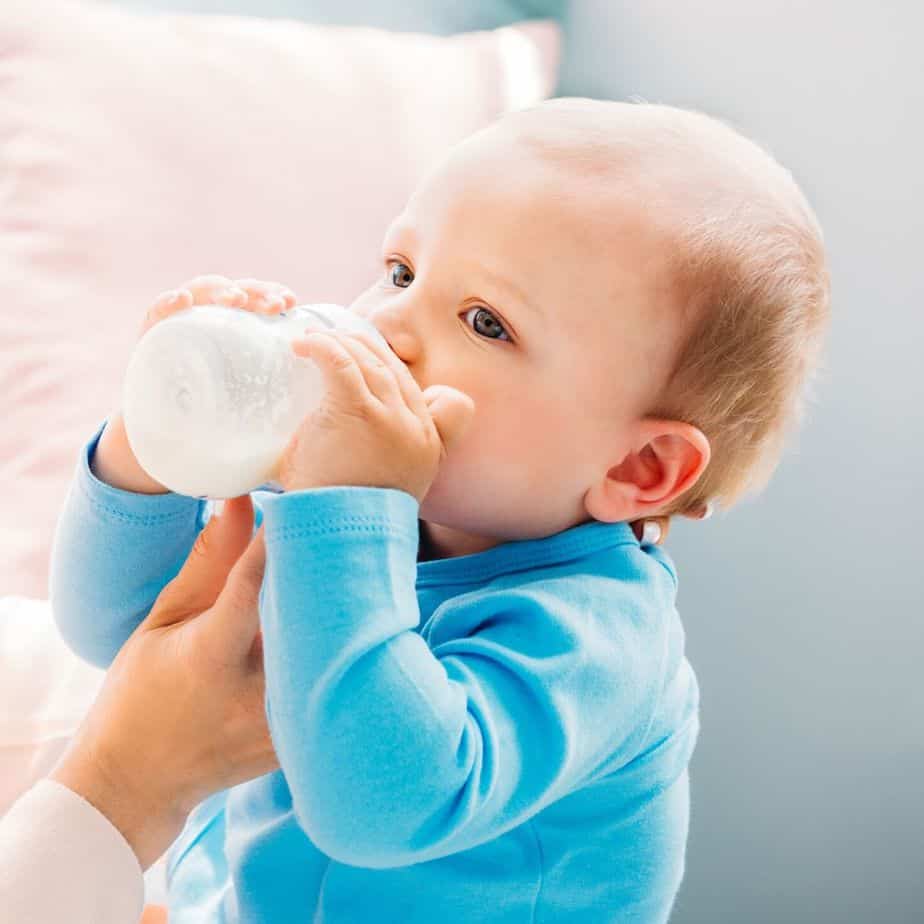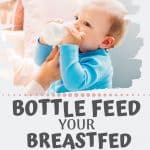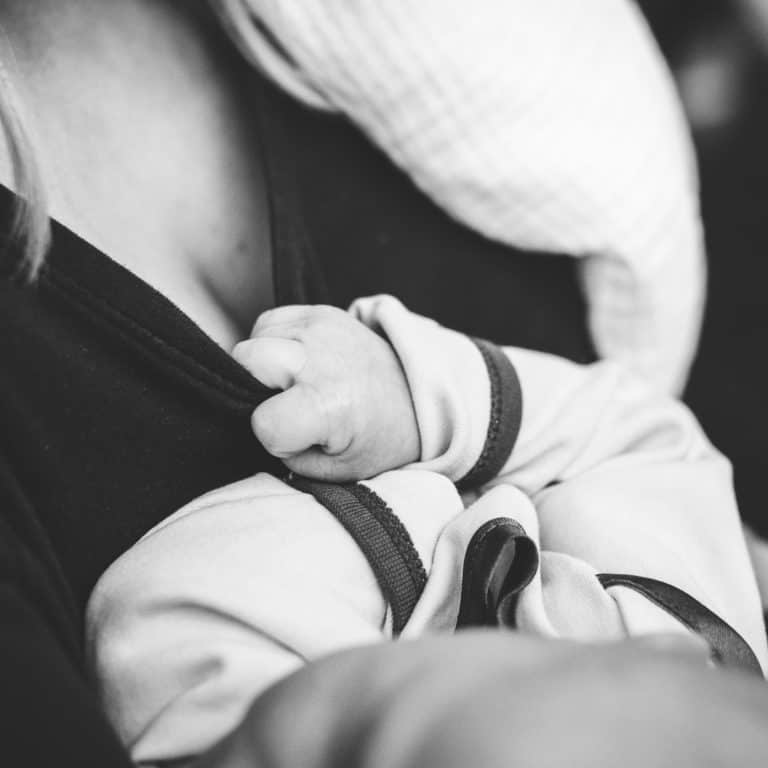Everything you wanted to know about bottle feeding a breastfed baby
As a new nursing mom I hadn’t really given much thought to bottle feeding. I was 100% consumed with figuring out how to breastfeed correctly. As I continued into those early painful weeks, I knew I wanted to figure out how to give my baby a bottle. Around the two week mark we pulled out our Dr. Brown’s bottle and preemie nipple and let her have at it. I hadn’t even thought about the nuances of bottle feeding a breastfed baby. However I quickly learned it isn’t always as easy as you’d think.
At that point I was basically obsessed with figuring out how to make breastfeeding work for us for the long haul, so I started researching bottle feeding a breastfed baby. I learned a ton about slow flow nipples. Also that there were certain bottles that were “better” at promoting breastfeeding than others. I found out about paced bottle feeding and how helpful it can be. Since I did so much research, I wanted to share everything I know about bottle feeding a breastfed baby with you, all in one place.
This post probably contains affiliate links. That means if you buy something using one of my links I may receive a small commission – at no additional cost to you! How cool is that? It’s kind of boring, but feel free to read my full disclosure if you want more info
If I’m nursing, does my baby really need to take a bottle?
There are so many things to think about as a new nursing mom. If you’re planning to ever be separated you definitely need to think about how you’ll begin bottle feeding your breastfed baby. Although you want to fully establish your nursing relationship, you shouldn’t wait too long to begin thinking about introducing a bottle.
Most pediatricians say between 2-4 weeks is enough time to prevent nipple confusion. If you wait until you’re headed back to work at 12 weeks, you could end up with a challenge on your hands.
This post outlines the top things to think about when getting your breastfed baby to take a bottle – from the best bottle types, to paced bottle feeding, and troubleshooting issues. We’ve got you covered.
The best bottle types for breastfed babies
This is a hard section to write because I can’t lie to you, every baby prefers something different. I can recommend five bottles here and your baby might hate all of them. That said, there are certain characteristics of bottles that are more optimal for breastfed babies. If you’re nursing full time, my recommendation is to buy one of a few different styles of bottle. You can then determine which one your baby prefers.
Things to look for when shopping for a bottle for a breastfed baby:
Does it mimic the shape of the breast?
- You’ll want a bottle that mimics the shape of the breast. Anything you can do to mimic the nursing experience while bottle feeding will help prevent nipple confusion and baby preferring bottles
Will your baby be able to “latch” onto the nipple?
- Per above, the nipple should be wide and round, much like a breast. You can then allow the baby to latch like she normally would while breastfeeding. If you give one of the smaller nipples your baby may simply close her mouth around the nipple. This is the opposite of what you want when nursing. If you’re working on latch issues or correcting a bad latch, this can make the problem worse.
Does the brand have multiple nipple flows?
- Avoid any brands that only have faster flow nipples. I’m not sure if these exist, but I’ll explain why it’s important in a minute. Look for bottles that come with slow flow nipples and only buy those at first. Don’t immediately purchase fast flow nipples, and if you’re worried about it, you can even start off with a preemie nipple for the first introduction.
Are the bottles anti colic or are they vented to prevent gas buildup?
- Typically babies will nurse for far longer than it takes to drink a bottle. This is because they have to work to get the milk out of mom, and the flow is slower. Ensuring your bottle removes gas bubbles is critical to preventing extra gassiness or colic. Most brands have their own venting system, but check to ensure they’re marketed as vented or anti-colic
What material is the bottle made of?
- Some mammas like silicon bottles that are easy for babies to touch and feel. Others are worried about plastic and only want glass. And some have toddlers in the house and want the durability and convenience of plastic. Check to ensure you’re getting the material you want, and if it’s dishwasher safe – if that’s important to you.
Here are some of the best bottles for breastfeeding babies that I found across the web.
Comotomo Natural Feel bottles ~$11 each

These bottles have a ton of awesome features – wide nipple, great venting system, are dishwasher safe, etc. but they are on the pricier side.
Tommee Tippee Closer to Nature ~$4.50 each

I linked to the extra slow flow nipples that are recommended for newborn plus, because I was always worried about bottle preference. That said, these bottles come with a lot of different flow strengths so you can choose the one you prefer.
This bottle is a more economical option while still hitting all the key attributes of wide nipple, venting system, anti-colic, and dishwasher safe.
Dr. Browns Options Bottle (Glass) ~$6 each

These bottles are glass for those of you looking to remove plastic from your homes. The “options” part of the bottle allows it to be used with or without the vent, and the nipple is wide, mimicking the experience of breastfeeding.
Medela Breastmilk Storage Bottles ~$4 each

I’m not going to lie. These are more a recommendation for mom than for baby. If you’re using a Medela pump it’s so much easier to just pop on a nipple to the same bottle than to use a completely separate set of bottles for feeding.
These bottles are cost effective and have multiple nipple flow strengths, but you do lose some of the features of the other bottles on the list. The nipples aren’t wide and there aren’t specific anti-gas mechanisms built in.
That said, if my baby would have taken these bottles, I would have been all in!
Lansinoh NaturalWave Nipple Bottle ~$4 each

These are the bottles we ended up using, and were the only ones our daughter would take when she started rejecting bottles close to three months. They were marketed for breastfed babies, the price was right, and I was at my wit’s end. Although the nipples don’t look like the other “breastfeeding” nipples they worked great for us.
We used the slow flow nippples until she was past six months old and I had no worries about our breastfeeding relationship. We used bottles for a year and never went up to the “fast” flow nipple.
Nursing is hard work, but there are a few things that can make it easier. Check out the top 12 products we used to successfully breastfeed for 19 months.
Related: The top 12 breastfeeding products to help you survive the first year nursing
What nipple flow should I use for bottle feeding a breastfed baby?
Per some of the notes above, you should use a slow flow nipple for your breastfed baby. One of the main reasons babies prefer bottles to the breast is that they can get more milk faster. The instant gratification conditions them to prefer the bottle over having to “work” when nursing.
We used a slow flow nipple until sometime between six and eight months, even though the nipple labels say you can switch closer to four months. She was already drinking out of the larger size bottles, but I swapped in a slow flow nipple to continue with what had been working.
After I was sure she wasn’t going to prefer bottles, we moved into a medium flow nipple, but never even gave her the fast flow option. She was still happy to get her bottles throughout the first year and the nipple flow never seemed to make a difference when she was eating.
How should I introduce a bottle to my breastfed newborn?
I recommend that you let dad or another caregiver introduce the bottle. If baby smells you she’s much less likely to take the bottle willingly.
Once you’ve established breastfeeding (sometime between 2-4 weeks) you can introduce an occasional bottle. We used the paced bottle feeding method which I’ll explain in detail below. Dad gave her the first bottle in the nursery while I stood outside the room. Many babies will refuse a bottle if mom is even in the house, so distancing yourself that first time is a good idea.
She had no problems, likely because she was only two weeks old, and we gave about one bottle per week the first few weeks. I was incredibly regimented about pumping EVERY time we gave a bottle, so while I was home I just preferred to nurse and not add in the extra pumping session every day.
*Mom Note:
Just because your baby takes a bottle at first doesn’t mean she’ll always willingly take the bottle. About two weeks before I went back to work my daughter began refusing the bottle completely. This might be because we didn’t offer her bottles enough during my maternity leave. That said, we switched from our Tommee Tippee and Dr. Brown’s bottles to the Lansinoh bottles above, and eventually she started bottle feeding again. It definitely wasn’t an easy experience.
Paced Bottle Feeding & why it’s important
Now for the “how to” section of introducing a bottle to a breastfed baby. Once you’ve lined up your bottle and someone to feed your baby, it’s important to figure out the best way to give them the milk.
While it’s tempting to think it doesn’t matter how you bottle feed, this process is another way you can continue to promote your nursing relationship. As mentioned before, one of the main reasons babies prefer bottles is due to the instant gratification.
You can prevent some of this instant gratification with paced bottle feeding.
Key Principles of Paced Bottle Feeding:
- “Pace” the feed by tipping the bottle downward and stopping the flow of milk about every 30 seconds
- Ensure the bottle is horizontal (not tilted up at an angle) which also slows the flow of milk
- Keep baby sitting up versus lying down flat or really inclined
- Switch baby from side to side halfway through the feeding like you would while nursing
- Feeding should last 10-20 minutes, like a nursing session
- Allow the baby to start and end the feeding (don’t force the nipple or to finish the bottle)
Kelly Mom has a great full article on this, and I fully recommend that you watch the YouTube video below before getting started.
Check out this video on paced bottle feeding so you can watch the technique live!
Troubleshooting: Issues with bottle feeding a breastfed baby
Introducing a bottle to your breastfed baby isn’t always easy. As with anything on your parenting journey, there will probably be hiccups. I’ve listed some common problems with bottle feeding a breastfed baby, and how to solve.
Hopefully the process will be seamless for you, but if not, here you go!
What happens if my baby prefers the bottle?
Here are a few things you can immediately double check:
- Ensure you’re using the slowest flow nipple possible
- Implement paced feeding if you haven’t already
- Keep nursing no matter what
- Cut out all extra bottle feeds if you’re around. If you are an option, the bottle isn’t
I only ended up sending two bottles of breast milk a day to daycare my daughter’s first year. I worked across the street and went over to nurse her at lunch. We were incredibly fortunate in this way. Do everything you can to promote the nursing relationship and get it well established before you need to separate from your baby.
Much like babies who prefer the breast and will eventually take the bottle when they get hungry enough, your baby will likely nurse if they get hungry enough. If your baby initially prefers the bottle once it’s introduced and you only offer the breast, she will eventually nurse again.
*Mom Note:
Please don’t dehydrate your baby if they are on a nursing strike. Just continue to offer the breast at each feeding and ensure she doesn’t get dehydrated. You can offer the bottle at first and try to swap in the breast at a midpoint to see if that works.
What happens if my baby won’t take a bottle?
This is a very common problem for breastfed babies. I’m not sure why it happened, but our daughter started refusing bottles around 10 weeks. I know many other babies who also refuse bottles around the time they are starting daycare or are separated from mom.
Things to try when you have bottle feeding issues:
- The first thing you can try is to see if she’ll take another type of bottle. We went through all the ones we’d initially purchased and they were no-gos. Finally we got these Lansinoh bottles and applied a few creative techniques to get her back on the wagon.
- Have someone else feed the baby. We’d already gotten to the point where I was able to nurse her or give a bottle. When she started refusing we went back to dad trying. It didn’t work for us, but does for many babies.
- Continue offering the bottle. A lot. We tried to offer the bottle multiple times a day, before most feedings. We were trying to get her used to the alternate feeding method again.
- Swap in feeding methods. To get our baby to take a bottle I’d actually start nursing and then swap the bottle in for a few minutes during the session. It allowed her to begin eating using the method she preferred, and once she knew what was coming she was happier to take the replacement.
Eventually (after a couple of weeks) she began to take the bottle again and I was able to go to work knowing she was getting nutrition. I’d also been told she could begin reverse cycling, eating more at night and refusing day feeds. I was NOT thrilled about that option but luckily it didn’t come to that.
Related: My breastfed baby won’t take a bottle – help!
Why does my baby spit up half the bottle after eating?
This is probably due to the pacing of bottle feeding versus breastfeeding. It’s so much easier for baby to get more milk quicker from the bottle. Make sure you’re using a slow flow nipple and pacing your feed.
You can also take a break when you’re halfway done just to let some of the milk settle and get more of the air out. You should also be burping baby at least once during the feed.
Try burping more often, 2-3 times, and taking a break to see if that helps.
If you found this post helpful, please pin it for later. Sharing is caring!

Feeding your baby and feeling confident that you’re providing the correct nutrition are the most important things you can do in the early months. For many moms, this includes figuring out how to bottle feed even though they’re nursing. I hope the tips above gave you some good insight into what you’ll need to do to bottle feed your breastfed baby!
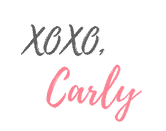
P.S. Advanced section. If you’re going back to work soon and are planning to continue breastfeeding while working, you’ll want to check this out.
Learn everything you need to know to go back to work and continue breastfeeding!
If you want to learn to breastfeed and really set yourself up for success when you go back to work, check out the awesome Breastfeeding & Working Ebook I put together on breastfeeding and working success.
We’ll tackle questions like:
- How to set up the conversation about breastfeeding at work
- How to prepare to be successful breastfeeding when you return to work
- Getting your baby ready for bottle-feeding
- Your rights as a breastfeeding mom
You’ll also learn how to:
- Set up your day so you get more done
- Prioritize and set yourself up for success
- Outline expectations and your schedule with your boss
- Crush it as a boss mamma when you’re back at work
Click the banner below for more information!

